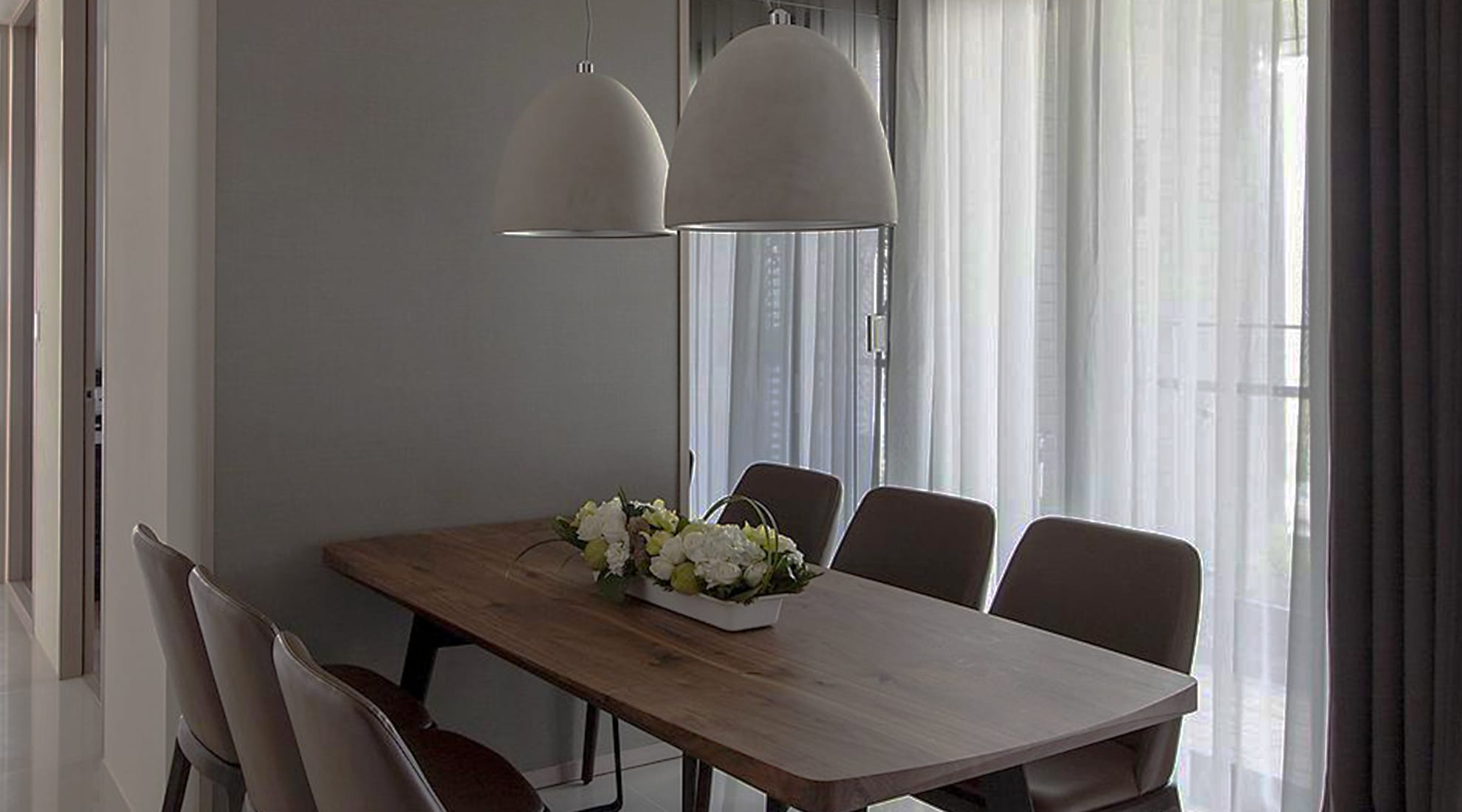Simple Solutions for Low-Light Spaces
Lighting is as important as any other element in a room—we can’t see having
a space without it. Here are five tips for getting the lighting right in any room.
Sometimes our living spaces don't live up to their potential; often, the reason is poor lighting. Even the best décor can fall flat with poor lighting, while getting the light just right can take a room from blah to wow.
Here are five lighting solutions to help you get the most out of every last lumen.
1. Don't waste the light you already have.
A space can have plenty of natural light and still feel dark. One common mistake that affects the light in a room is framing a large window with a dark color. If you have a lot of light coming in, framing out that window with a dark drape or accent wall will create a portal effect. The contrast of light and dark effectively turns the light into glare.
To offset this effect, use a lighter paint color to frame the light itself. If you are working with a darker color in the room, try an accent wall in a lighter shade. If you like drapery—or just don't want to have to paint—install curtains in a lighter color that complements the overall decor and softens the edges of the light coming in.
2. Spread light throughout large spaces.
Big rooms can be tough to light, because it can take a lot of planning to make sure every corner is accounted for. Portables like desk and floor lamps are cozy for reading but have a limited throw of light, leaving the room at large feeling dark (especially when natural light is not an option).
Recessed lighting can be a great option for adding an even level of light throughout a space. But recessed lighting can be tricky to plan, as it comes off uncomfortable and unpleasant if misplaced or over-used. While general guides of spacing abound, there is no blanket rule. Check the details of the fixture you have selected and make sure to work with a lighting specialist to ensure proper placement.
3. Create windows.
Some rooms are short on windows, which can make a room seem dark even during the day. While adding a window might be out of the budget, you can make magic with light and create one for yourself. A well-placed mirror not only gets light farther into the room, but it also sends light in another direction, fooling the eye into thinking there is another light source.
Place a mirror at a 90-degree angle to the window to make the most of the light coming in, and to ensure that the light will bounce into the room and not right back out the window. Matching the mirror shape and size to the window in question helps strengthen the illusion.
4. Enhance architectural details.
When lighting a room, leave nothing on the unaccounted for, especially when it comes to architectural detailing. Double-height spaces, open woodwork and similar details can eat up the available lighting, losing the very drama that was built into your space.
For example, open beams can be an impressive feature. Uplights will help them to stand out in the space. Not only do they provide a gorgeous effect on the beams themselves, but the ambient lighting will also wash the room. Consider the details of the space and see what will work best to bring the drama.
5. Perfect your (color) palette.
The human eye is quite susceptible to color. While you may not subscribe to a full-on Technicolor philosophy, it is important to pay attention to pigments when your space needs some light. While deep, rich tones may be on trend and impressive, they can spell doom and gloom for a room that already tends toward the dark side. Darker colors absorb more light; the deeper the tone, the more light you lose.
But you don’t have to miss out on that cool color: Just tone it down to keep your space from closing in on you. For rooms that lack natural light, a desaturated shade of the deep color you like lends all the style without darkening the space. For instance, if you're looking at a black, tone it down to a mid-tone gray instead. This will give you the look that you want without eating up all the light.
With some thoughtful planning, even the darkest spaces can feel lighter. A simple change can brighten things up in no time.









